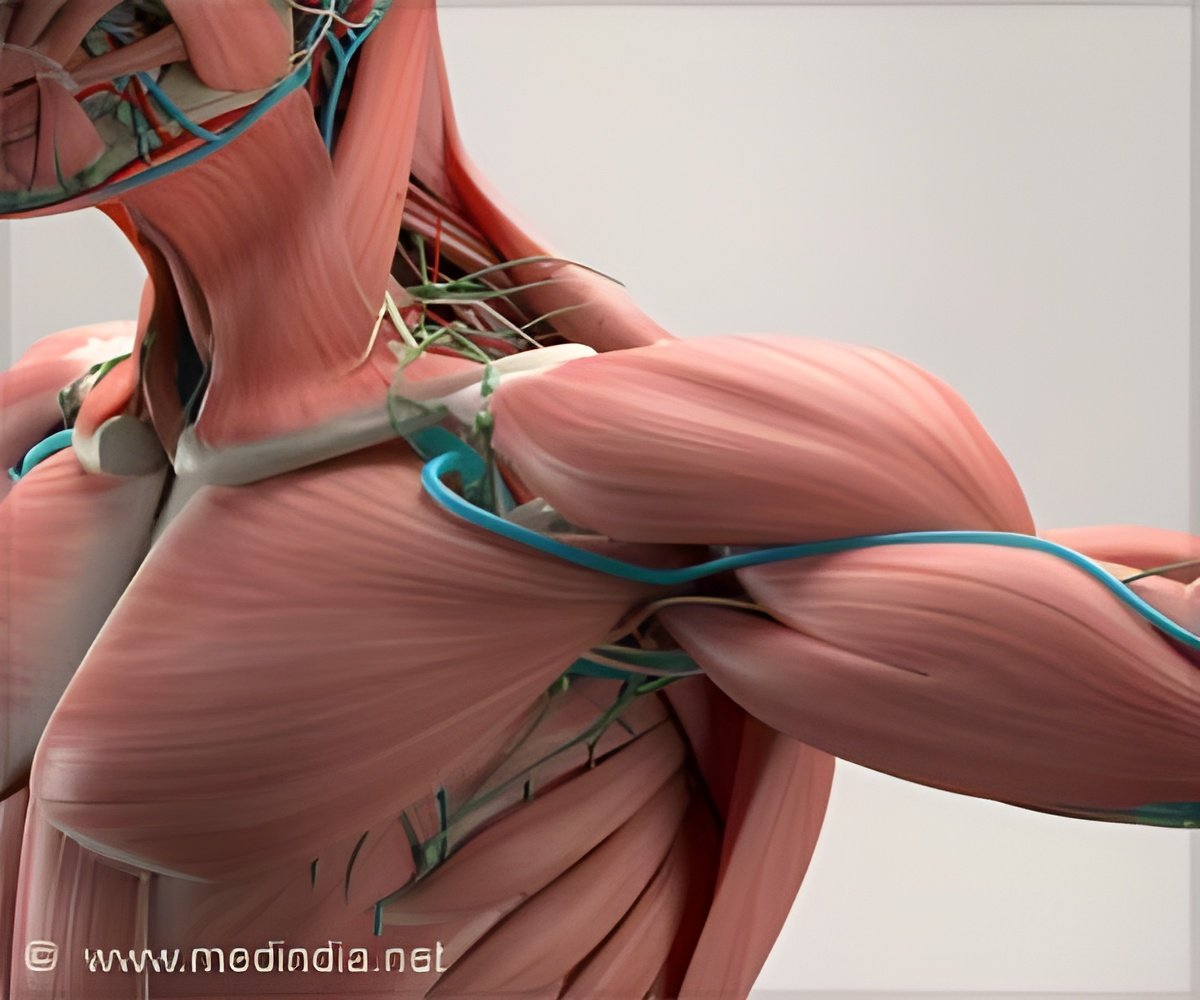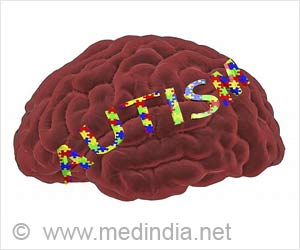New drug delivery polymer complex developed to aid transport of plasmid DNA into cells, when injected into skeletal muscle, offers treatment for serious muscle diseases.

Diffusive delivery of plasmid DNA using zwitterionic carboxyalkyl poly(1-vinylimidazole) into skeletal muscle in vivo
Go to source). Drug delivery systems are fundamental to many of the medical advancements of our time. For instance, the COVID-19 vaccine utilizes lipid nanoparticles to encapsulate messenger RNA (mRNA) and transport them into cells through a process known as endocytosis. Once inside, the mRNA is released through "endosomal escape" and then translated by cellular machinery into antigens that stimulate an immune response. Despite the successful use of such techniques, there are still obstacles to address, such as the undesired aggregation of the carrier. As medical treatments become more diverse, scientists are actively seeking new delivery methods for a broader range of applications.
‘Did You Know?
Muscular system disease can result in muscle pain, muscle weakness, and paralysis. It may be caused due to hormonal imbalance, autoimmune issues, genetic factors, infections, cancer, or muscle overuse.#polymercomplex #plasmidDNA #medindia’





Muscular system disease can result in muscle pain, muscle weakness, and paralysis. It may be caused due to hormonal imbalance, autoimmune issues, genetic factors, infections, cancer, or muscle overuse.#polymercomplex #plasmidDNA #medindia’
Advanced Technology Developed! Novel Complex as Vehicle for Therapies
The team at Tokyo Metropolitan University, under the leadership of Professor Shoichiro Asayama, has been researching the use of polyions, polymers possessing an electric charge, for the transportation of plasmid DNA (pDNA) into cells. Plasmid DNA has the capability to be transcribed into messenger RNA or translated into proteins, thus serving as a versatile tool for therapeutic purposes. These polymers are negatively charged and can effectively bind to positively charged polyions. However, the creation of a large, positively charged polymer is not an ideal solution, as its charge may prove to be harmful to cells. Recent studies have shifted focus towards zwitterions, which are compounds featuring a positive charge on one end and a negative charge on the other.Now, the team have engineered the first zwitterionic polymer compound (CA-PVIm) with an imidazolium cation (positive charge) which can complex with pDNA. Imidazolium groups have the advantage of having positive charge smeared out over a ring of atoms, giving them a good chance of binding strongly to pDNA. Negatively charged portions were composed of carboxyl groups spaced out by a short hydrocarbon chain; these were added into the polymer chain in different proportions.
How the Vehicle Helps in Gene Expression
In preliminary experiments, they found that their new compound had a layer of bound water molecules in solution which might render them bioinert. Mixed with pDNA, a method used to separate DNA compounds by length was used to show that pDNA can successfully complex with CA-PVIm. Other measurements also demonstrated that the complex hierarchical structure of the pDNA was preserved.The team put their compound to the test by injecting it into the muscle tissue of mice. Compared to bare pDNA, they found gene expression due to the complexed pDNA over a drastically wider area. This clearly showed that their polyion was being taken up into cells and undergoing endosomal escape. They also identified an optimal compound, with 7% of available sites given negative charges (CA(7)-PVIm), that gave the greatest effect. Since it can deliver its cargo over large masses of muscle, the team’s findings promise new therapies for serious muscular diseases.
Reference:
- Diffusive delivery of plasmid DNA using zwitterionic carboxyalkyl poly(1-vinylimidazole) into skeletal muscle in vivo - (https://pubs.rsc.org/en/content/articlelanding/2024/bm/d4bm00510d)
Source-Medindia













